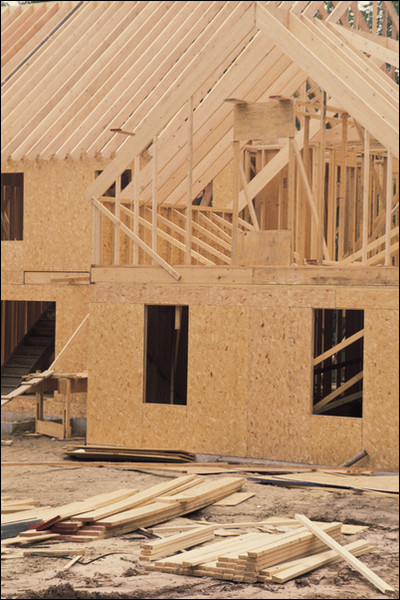Last week the U.S. Department of Health and Human Services added formaldehyde to its list of known human carcinogens. This is a big event in the building and home improvement industry as numerous home-related products and materials contain formaldehyde, including particle board, plywood and a number of other lumber products.
We can certainly expect some push back from manufacturers of home products and building materials that use formaldehyde, but consumers should understand that the inclusion of the substance to the National Toxicology Program’s (NPT) 12th “cancer list” report doesn’t necessarily mean that exposure to formaldehyde will cause cancer. Amount of exposure, duration of exposure and individual sensitivity to a substance will all factor in the likelihood of cancer development.
That said, this announcement is sobering. The New York Times covered the report in an article last week that advised consumers to reduce their exposure to formaldehyde by:
That’s good advice, but what about people who live in homes that already contain products with a high level of formaldehyde? The NTP report suggested that those living in homes with high-emitting products should increase ventilation by opening windows and using fans.
Treehugger.com made a great point when they highlighted the conflicting messages from those who would have us improve our home’s Indoor Air Quality and those who would see us seal up our home tight for greater energy efficiency. You can’t have it both ways.
What’s your take on this recent development with formaldehyde?
Credit: National Institutes of Health




























